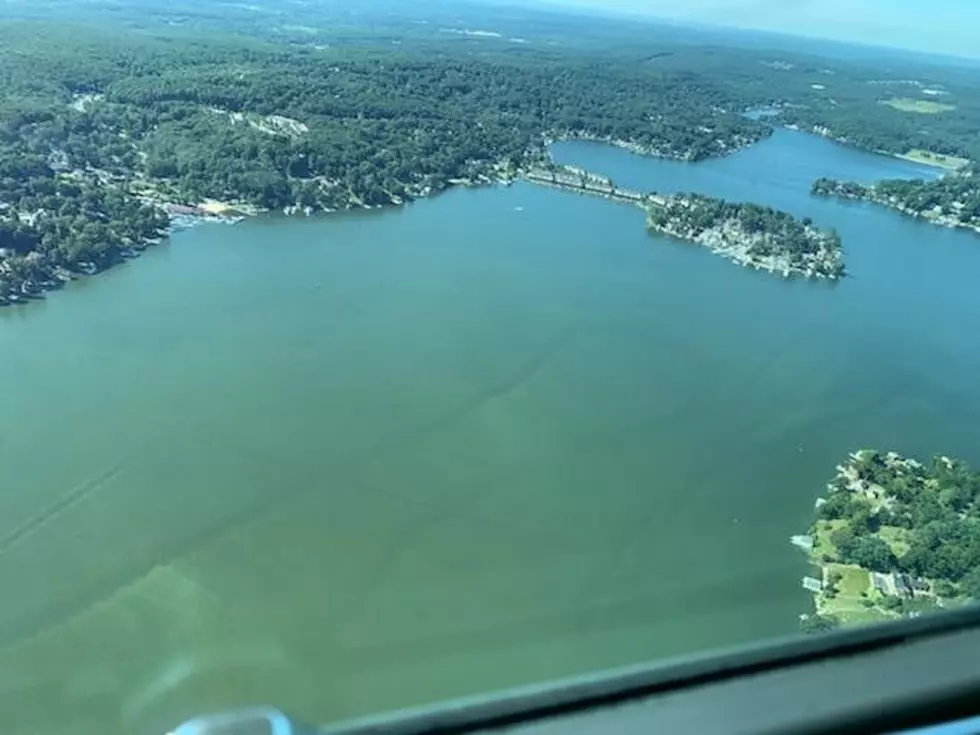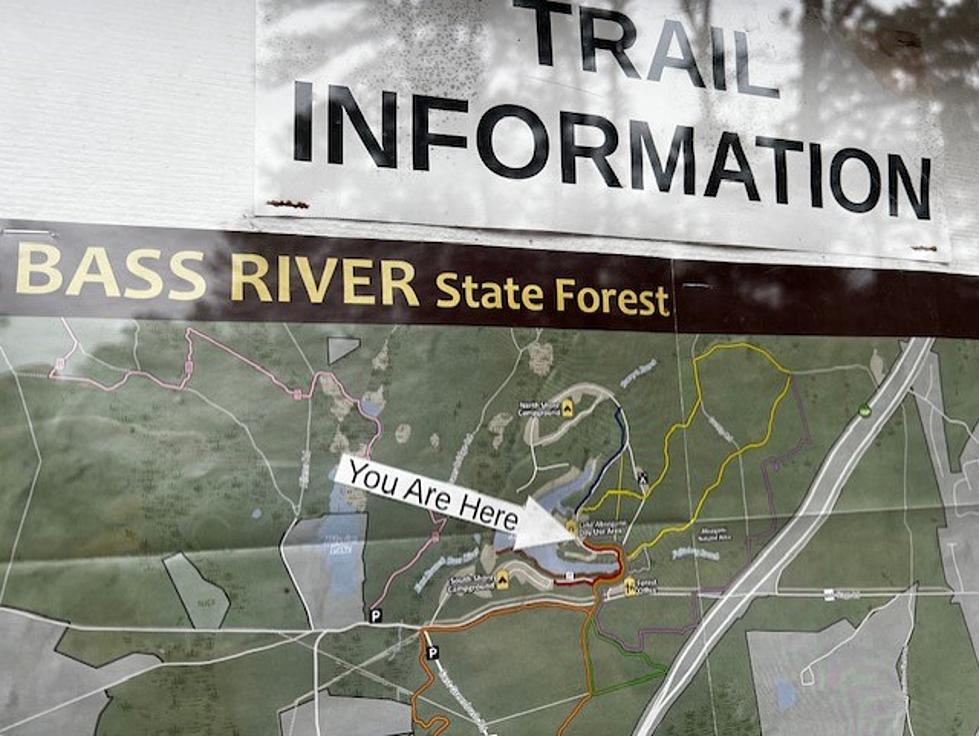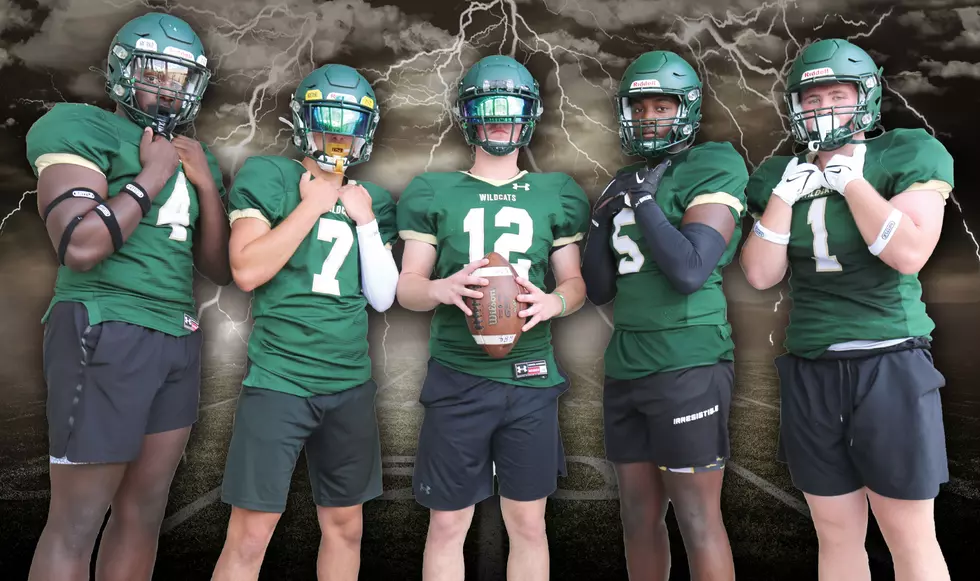
NJ considers $10M to manage lakes, including algal bloom fight
TRENTON – New Jersey’s lakes, particuarly those in its Highlands and Pinelands regions, would share $10 million in state funding for lake management activities, under a bill advanced by the Senate environment committee Tuesday.
The grants funded by the bill, S3618, would prioritize projects improving water quality and increasing recreational access, including efforts to control nutrient levels in lakes to prevent harmful algal blooms. They would include a guaranteed $750,000 each for Lake Hopatcong and Greenwood Lake.

“Our lake communities have been devastated in back-to-back years by the financial impact of algal blooms and the coronavirus pandemic,” said Sen. Steve Oroho, R-Sussex. “After they’ve suffered so much, it is even more critical that the state step up to meet the need.”
Marty Kane, chairman of the Lake Hopatcong Foundation, said that in New Jersey “we often tend to overlook the lakes” in favor of taking care of the shore. He said the state’s lakes are stressed by HABs, invasive species and climate change and that the funding should apply to all public lakes statewide, not giving a preference to those in the Highlands and Pinelands.
“They need some help. And we appreciate it, and we think with a little help from the Legislature a lot could be done for lakes across the state from north to south,” Kane said.
The bill prioritizes lakes in the Highlands Region and Pinelands area because of the role they provide in the supply of drinking water, watershed protection and for recreation and conservation purposes.
“This money will help these lakes address algal blooms and weed proliferation that have threatened both boating and swimming for many years,” said Sen. Anthony Bucco, R-Morris. “It’s my hope that this appropriation is just the first step in securing recurring state funding for the future needs of our lakes.”
Elliot Ruga, policy and communications director for the New Jersey Highlands Coalition, said any such recurring funding should be tied to local actions to address stormwater runoff, which he said the only factor leading to algal blooms that people can control.
“In the case of Lake Hopatcong, with 2,200 properties directly on the lake and many more in subsequent rings within the watershed that drains to Lake Hopatcong, it would take tremendous amount of finances to solve the problem with HABs,” Ruga said. “And the outlay this year from this bill is merely a drop in the bucket.”
“But I would argue that it is not the responsibility of somebody who’s never even been to Lake Hopatcong to solve the problem. It’s is essentially a locally driven problem, and the local communities have to do their part in addressing the issue and dealing with the stormwater,” he said.

Ruga told lawmakers that officials will return in a year “with their hat in their hand asking for support” and that it should be conditioned on also taking local action.
“You passed legislation two years ago which allowed for the formation of a stormwater utility. Around Lake Hopatcong, there is trouble in River City if you mention that term,” Ruga said. “But it really doesn’t matter the method or the mechanism is to raise the funding for a locally created problem, as long as they do something and it’s not the state that is bailing them out.”
How Firefighters training helped put out major fires
More From 92.7 WOBM










